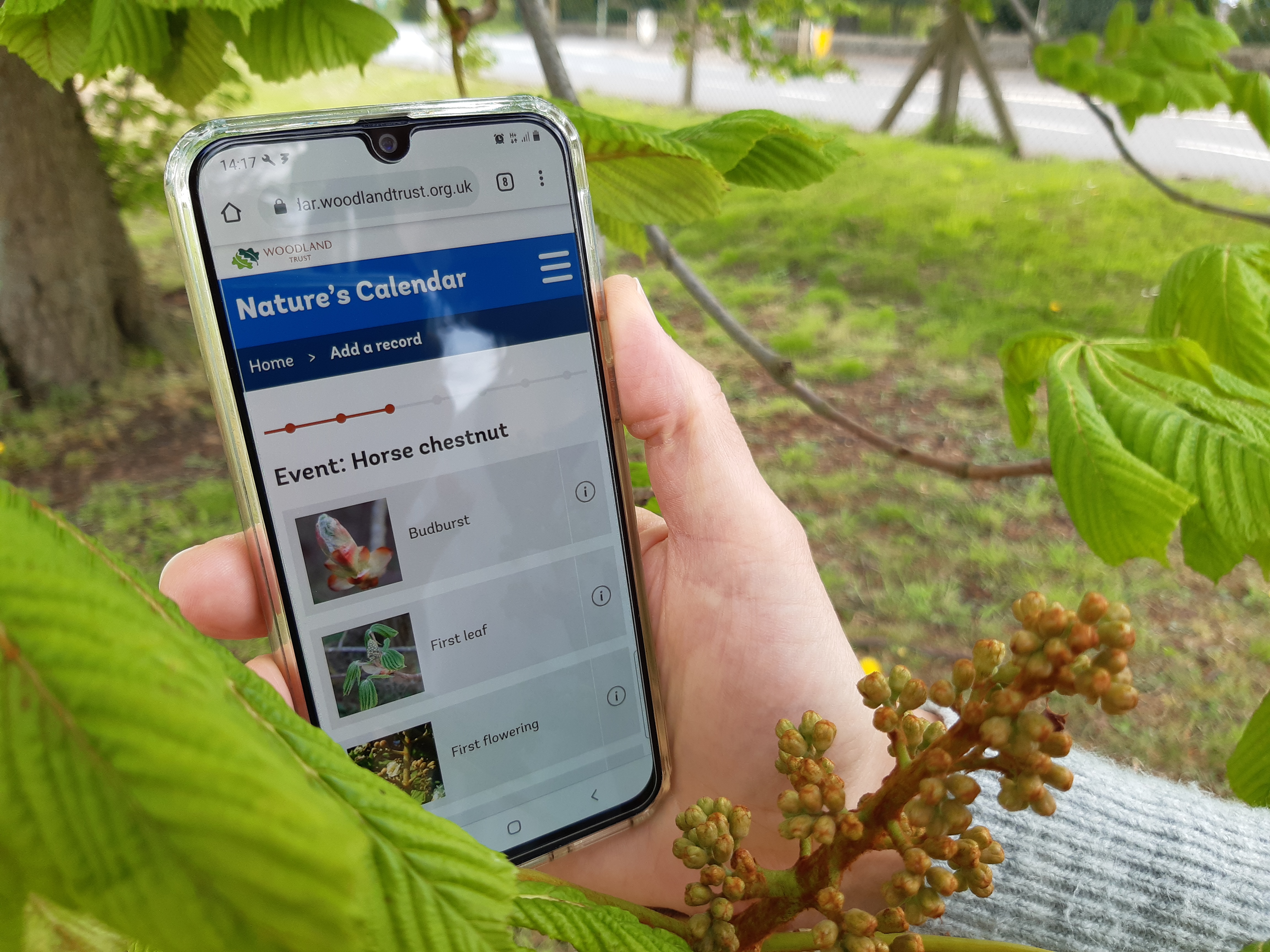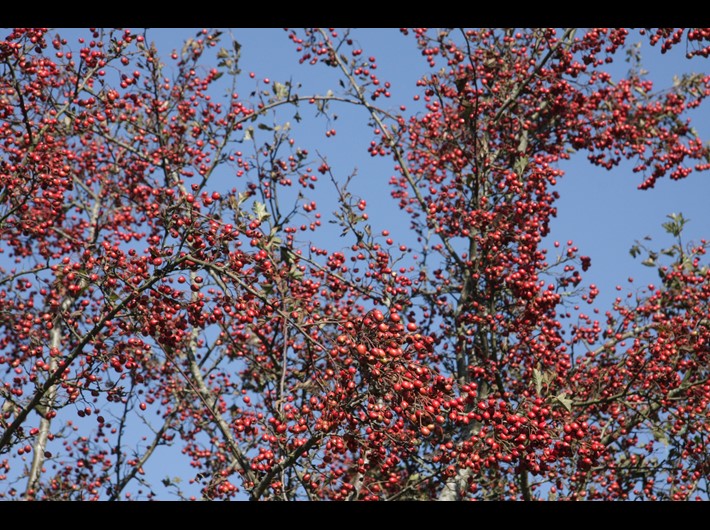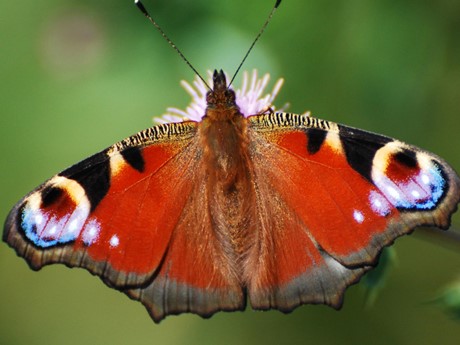How will this year's cold spring impact wildlife during autumn?
Judith Garforth, 24/06/2021
A cold spring
The weather this spring (March-May) has been variable, but overall, quite cold. The March UK average temperature was actually slightly above average (0.9°C above the 30-year average 1981-2010), but April was colder than March (1.7°C below average). April was also a very dry month (the fourth driest April since 1862) and a sunny month too (the sunniest April since 1919). The clear skies during April resulted in many overnight frosts. May so far has also been noticeably cool, but in stark contrast to April, a very wet month.
How does spring weather affect wildlife during the autumn?
The spring months are important for the development of our trees and shrubs. It’s when the buds burst, the leaves grow and the flowers bloom.
The timing of these developments is largely influenced by spring temperatures, but once the flowers are open they need to be pollinated, and successful pollination also depends on the weather. Wind pollinated flowers, such as oak flowers, favour dry warm conditions to allow the pollen to travel through the air. Insect pollinated flowers such as hawthorn are also affected by rainfall as there are fewer insects about when it’s raining so less opportunity for the flowers to be visited and pollinated.
Because only pollinated tree flowers turn into fruits in autumn, the weather in spring determines how much food is available for wildlife in autumn, and therefore how easy it is for wildlife to survive through the winter.

Although we’ve not received all the spring 2021 records yet, we’ve had a look at the data so far to see what impact the cold spring has had on some of our trees and shrubs and what the likely impact will be on wildlife this autumn.
Oak
Oak budburst is defined as the date when the bud scales burst to reveal the colour of the new green leaves underneath. This year the provisional UK average date for budburst is 19 April, 4 days later than the long-term average (2001-2020). The provisional UK average date for first leaf (the date when the first leaves are fully open and recognisably the shape, if not the full size, of the adult leaves) is 24 April, 3 days later than the long-term average. It looks like leaf development has been slightly delayed by the cold weather in April.
Oak trees usually start flowering from the end of April to mid-May. Oak flowers are wind pollinated, and with the wet weather we’ve had this May we might expect acorn yields to be lower this autumn due to poor pollination conditions this spring. It’s likely to be a big contrast to autumn 2020 when there seemed to be a bumper crop of acorns which were seen carpeting the floor in many areas. We’ll have to wait and see.
You can help us monitor the acorn crop this autumn. Record the date of first ripe fruit when you see the acorns start to fall naturally from the tree and also the amount of acorns on your local tree. It’s an indicator of winter food availability for birds and mammals (acorns are an important food source for squirrels, jays, mice and badgers) as well as the seed source available for natural regeneration of new oak trees.

Oak in flower (Photo Kylie Harrison Mellor)

The ground was carpeted in acorns during last autumn's oak mast year (Photo: Judith Garforth)
Hawthorn
Hawthorn develops its leaves earlier in the year than oak, usually from Feb-March. This spring it looks like leaf development had occurred before the cold weather in April and May. The provisional UK average dates for budburst and first leaf in 2021 are actually 4 and 2 days earlier than the 20-year average.
Flowering however, happens later in the season, usually in May. In fact hawthorn is known as May flower for this reason. Our 20-year average date for first flowering (when the petals of the first individual flower in a cluster are open sufficiently for you to see inside the flower) is 30 April. The provisional average for 2021 is 4 May, 4 days later. This is likely due to the cold weather in April and is in contrast to spring 2020 when first flowering was much earlier (23 April).
Hawthorn flowers are insect pollinated, and only the pollinated flowers develop into fruits (haws) in autumn. The rainy weather during May is likely to have hindered pollination this spring due to poor flying conditions for insects, and this could impact the autumn fruit yield. The haws are a food source for birds such as redwings, fieldfares and thrushes as well as small mammals. Help us to record the haw crop this autumn.

Hawthorn in flower (Photo: Jane Corey)

A mass of hawes (Photo: Jane Corey)
Elder
Our 20-year average first flowering date for elder is 21 May but we’ve received very few records so far this spring, suggesting that flowering is going to be later than average this year. Let us know when elder starts to flower in your area. With warmer, drier weather forecast in June, there’s hope for good pollination conditions for elder flowers and good news for dormice and small mammals that eat the elder berries in autumn.

Pretty elder flowers (Photo: Pete Holmes)

Elder berries (Photo: Margaret Barton)
Help us track the impact of the cold spring, and wet weather during May on wildlife this autumn.
